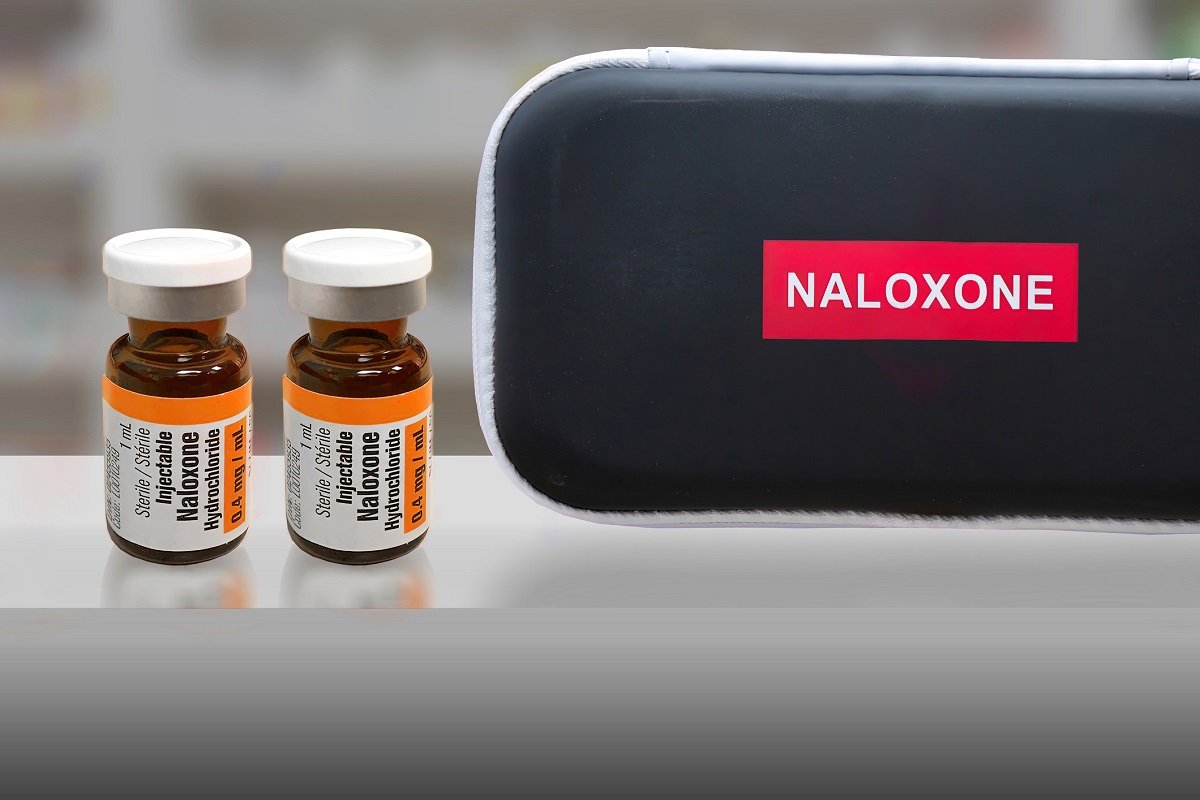Local overdose situation spurs special alert
By Cecilia Nasmith
A noticeable increase in overdoses in Northumberland County over the past three days has spurred the Haliburton Kawartha Pine Ridge District Health Unit to issue an opoid overdose alert.
The move is based on increased overdoses being reported by community partners, the announcement said.
Some of these overdoses include Fentanyl, and there is concern that these overdoses may be the result of a contaminated or poisoned drug supply of inconsistent or increased potency, causing more severe overdose reactions.
Another contributing factor may be people using drugs alone, which the health unit has previously warned against.
“We are issuing this alert to make community members aware that more drug overdoses are occurring in Northumberland County, and to remind everyone to be extra-vigilant when using drugs,” Manager of Health Promotion Dorothea Service said in the press release.
“Let's remember these recent overdoses aren't statistics and numbers. Real lives are at stake, with each case representing a person and loved one.”
The health unit reminds anyone who uses drugs – and those who know someone who does – of the following safety tips.
Test a small amount of drug before you use
Never use alone
If you are alone, call the National Overdose Response Service virtual safe consumption service at 1-888-668-6677, or use the buddy system and call a friend
Ensure that emergency services can be contacted in case of an overdose
Avoid mixing your drugs
Keep a naloxone kit on hand – these are available at most pharmacies and needle-exchange sites
The health unit's opoid overdose alert automatically flags the problem to community partners and first responders which, in turn, triggers enhanced outreach efforts and distribution of naloxone kits in Northumberland. Naloxone is an emergency medicine that temporarily reverses the effects of an opioid overdose until the victim can get to a hospital for treatment. It is recommended for use in all suspected drug overdoses, due to the possibility of opioid contamination or poisoning.
Naloxone kits are also available for people who use opioids, as well as their family and friends. They can be picked up at HKPR offices, pharmacies and other locations (visit www.ontario.ca/naloxone).
Anyone who sees a person overdosing is urged to intervene. Call 911 and administer the naloxone. The Good Samaritan Act protects anyone trying to help in an emergency from possible legal repercussions. The Good Samaritan Drug Overdose Act also protects people on the scene of an overdose from being charged for possessing or using drugs.
Signs of an overdose include very large or very small pupils, slow or no breathing, cold and clammy skin, blue or purple fingernails or lips, and snoring or gurgling sounds. Often, in drug overdoses, it is difficult to wake up the person.
For local opoid overdose incidents, visit the health unit's Opoid Overdose Report dashboard.
You can also use the on-line submission form to anonymously report overdoses and drug-related information to assist in a quicker response to these incidents.

